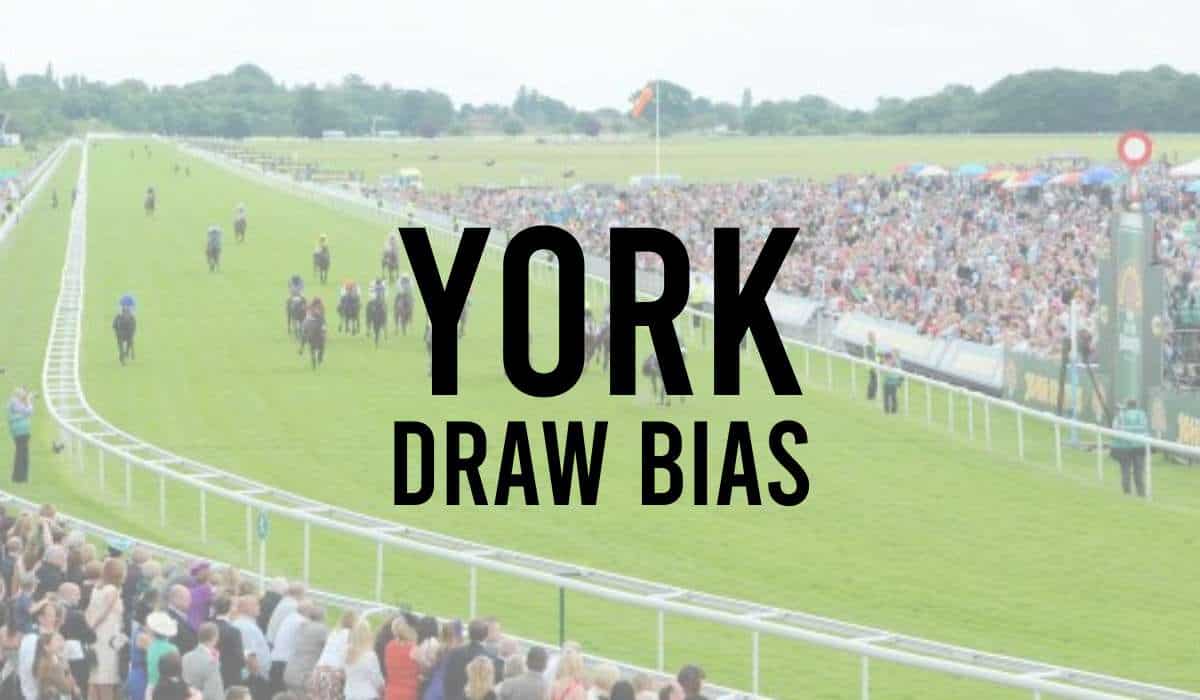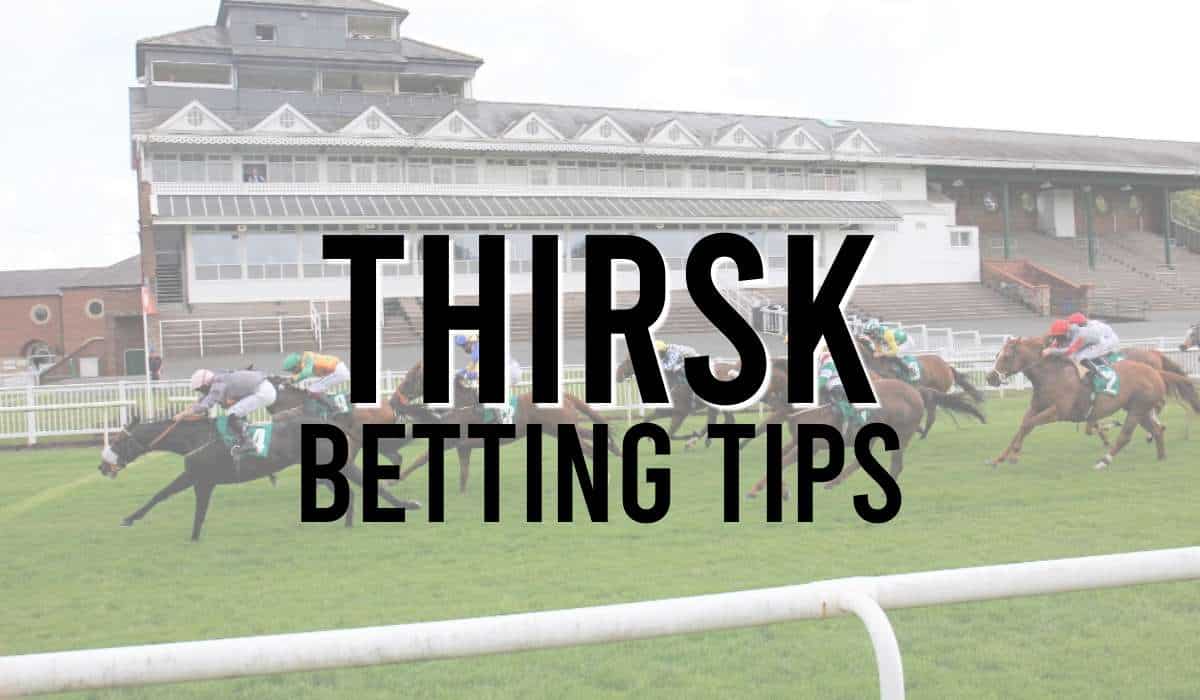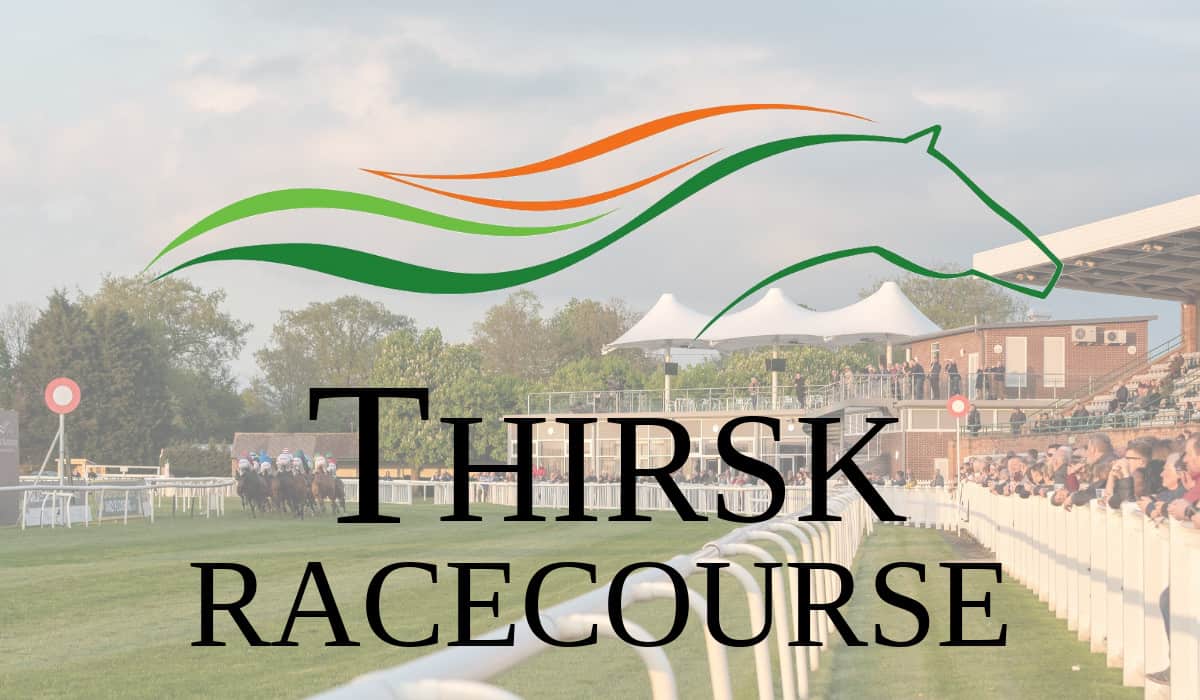Many shrewd horse racing punters research whether there is a draw bias at Thirsk Racecourse.
The horse racing draws are perhaps the most overlooked factor in horse racing statistics in April 2024.
The Thirsk draw bias refers to whether or not a racehorse running at Thirsk has an advantage or disadvantage following the stall they have been drawn in.
Our horse racing tipsters can be influenced by the draw of the horse when selecting their best chances of a winner at Thirsk Races.
In our Thirsk Draw Guide, we will explain everything you need to know about the stalls and potential draw advantages for horses running at Thirsk today.
Is there a draw bias at Thirsk Racecourse?
Currently, the course and distance at Thirsk racecourse in question appears to be the most draw biased in the country.
Interestingly, this bias is less significant over 6 furlongs, though a high draw is generally preferable. In the past three seasons, higher draws have shown to have a more significant edge in bigger field races over 6 furlongs.
Based on analysis of previous races, it appears that horses drawn in the lowest stalls have performed well in sprint races up to six furlongs. In contrast, horses with high draw positions may struggle to win over these shorter distances, especially in larger fields.
However, it’s important to keep in mind that the strength of any draw bias can vary from race to race and may be influenced by factors such as the pace of the race, the course conditions, and individual horse form.
Therefore, it’s crucial for bettors to do their research and consider all relevant factors before making any betting decisions.
It’s also worth noting that Thirsk Racecourse is relatively narrow, which can lead to a tight finish and make it challenging for horses drawn wide to secure a favorable position.
What is the Draw Bias at Thirsk 5 Furlongs?
When it comes to the draw bias at Thirsk Racecourse over 5 furlongs, there appears to be a significant bias towards horses with a low draw position, particularly when the ground is in good or better condition.
In fact, unless a horse is drawn in the top half, which is the stands side, it may be challenging to win.
However, it’s interesting to note that this bias doesn’t seem to exist when the ground is soft. In fact, there is some evidence to suggest that the far side rail may be faster in soft ground, which could explain the lack of bias.
It’s essential to consider all relevant factors when analyzing the draw bias at Thirsk Racecourse over 5 furlongs.
While a significant bias may exist in certain conditions, such as good or better ground, it’s crucial to consider other factors such as the pace of the race, course conditions, and individual horse form when making betting decisions.
What is the Draw Bias at Thirsk 6 Furlongs?
When it comes to the draw bias at Thirsk Racecourse over 6 furlongs, it’s worth noting that the course is run over the same straight course as the 5 furlongs.
Interestingly, there appears to be a significant bias towards horses with a high draw position over this distance.
Previous analysis has shown that horses drawn in high stalls have performed well over 6 furlongs at Thirsk Racecourse.
In contrast, horses with low draw positions may struggle to win over this distance, especially in larger fields.
What is the Draw Bias at Thirsk 7 Furlongs?
When it comes to the draw bias at Thirsk Racecourse over 7 furlongs, the course runs around one turn, and the draw statistics suggest that there may be a medium advantage to horses with a low draw position when the ground is in good or better condition.
However, it’s worth noting that when the ground is soft, the bias seems to reverse, and it may actually be more advantageous to be drawn in a high position.
This is an interesting finding that highlights the importance of taking into account all relevant factors, including the course conditions, when analyzing the draw bias.
It’s essential for bettors to consider all relevant factors when handicapping races at Thirsk Racecourse over 7 furlongs. While there may be a medium bias towards low draw positions in good or better ground, this may not hold true in all races and conditions.
What is the Draw Bias at Thirsk 1 Mile?
When it comes to the draw bias at Thirsk Racecourse over 1 mile, the limited data available suggests that there is an even spread of winners across all draw positions.
There doesn’t appear to be a significant bias towards any particular draw position.
Does The Stall Draw Affect Chances Of Winning In Flat Races at Thirsk?
The chances of a horse winning can hugely be affected by the stall number at Thirsk Races.
The best horse racing tipping services will adjust their judgements of horses with the best chances after the stall numbers are released in the Thirsk racecards.
Here is some important information on the tips, results and runners for horses running at Thirsk.
Thirsk Pace Bias Statistics
When it comes to the pace bias statistics at Thirsk, the course tends to rank relatively high for favoring front-runners.
In terms of individual distances, Thirsk ranks 10th out of 31 courses for 5-furlong races, 4th out of 27 courses for 6-furlong races, and 4th out of 22 courses for 7-furlong races.
It’s interesting to note that Thirsk ranks relatively low for 8-furlong races, coming in at 22nd out of 25 courses.
This suggests that the pace bias may not be as significant for longer races at Thirsk, or that other factors such as course conditions and individual horse form may have a greater influence.
Summary
The data and stats are updated in real-time from our Thirsk Horse Racing Results for the information shared on the draw bias.
With the draw bias mainly affecting the sprint races then punters are quickly on the lookout for the big ante posts races, as the draws are released.
Ground conditions, weather, and handicapping blots can affect the draw bias statistics. So at times, it is strongly advised to check the earlier races of the day to see if the draw bias on the current ground has changed.
Related Draw Bias Posts
Find all the draw bias information articles.
- Ascot Draw Bias
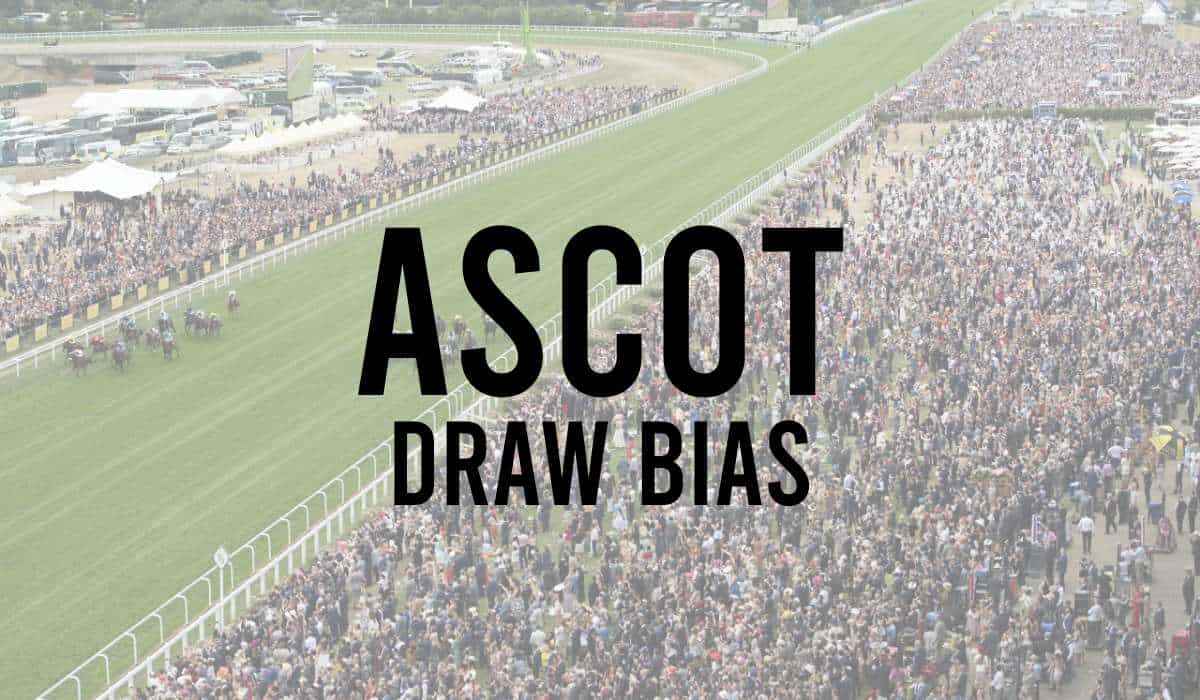
- Bath Draw Bias
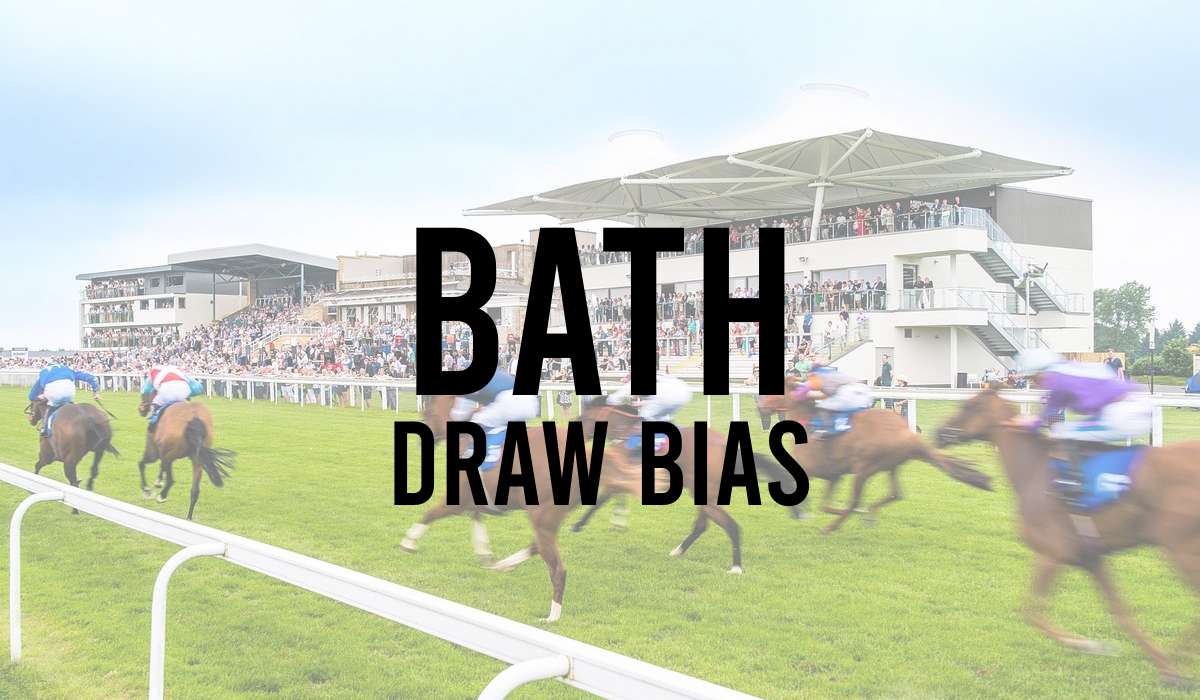
- Beverley Draw Bias
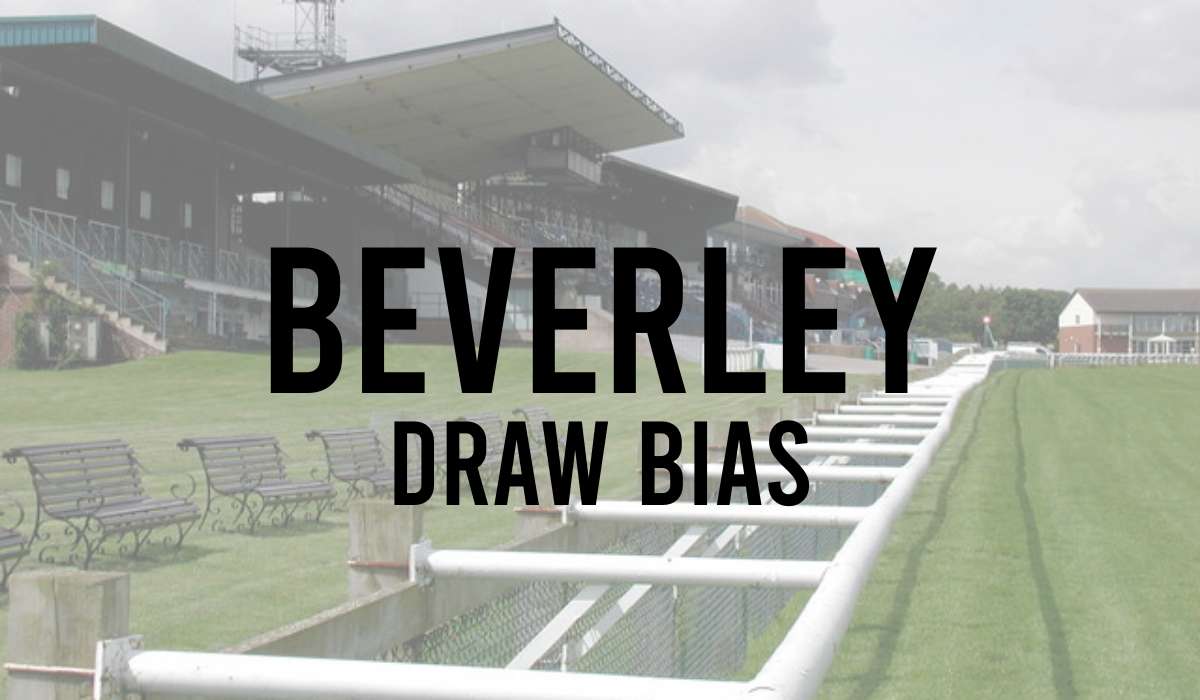
- Brighton Draw Bias
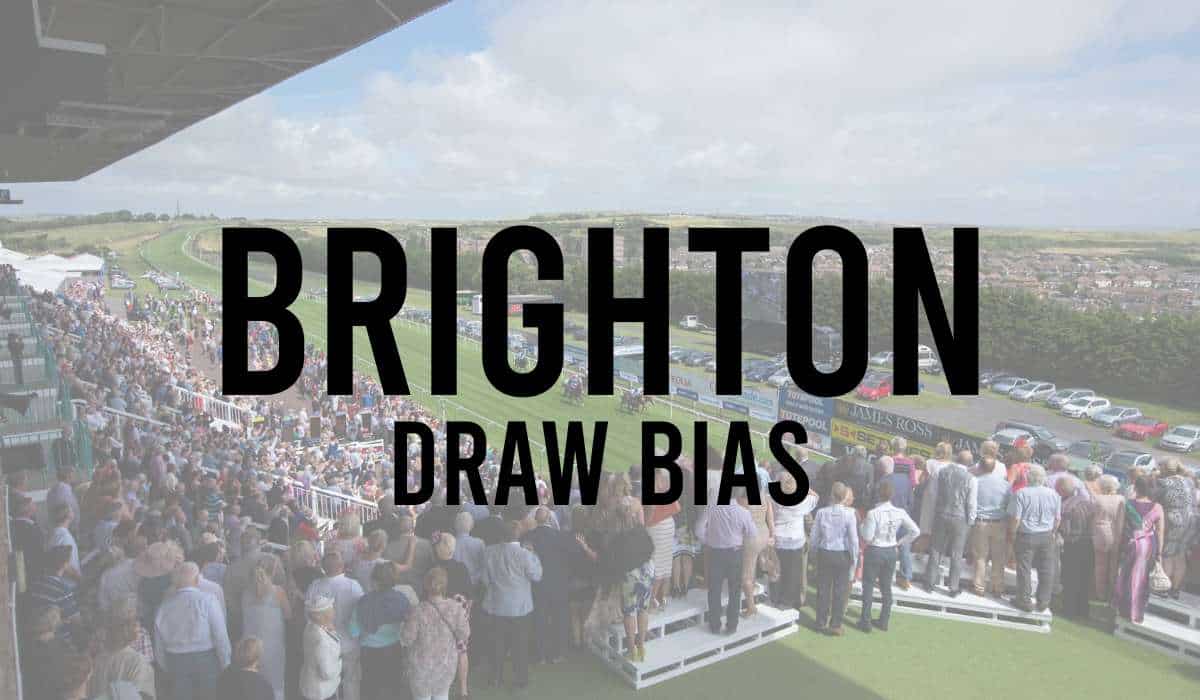
- Catterick Draw Bias
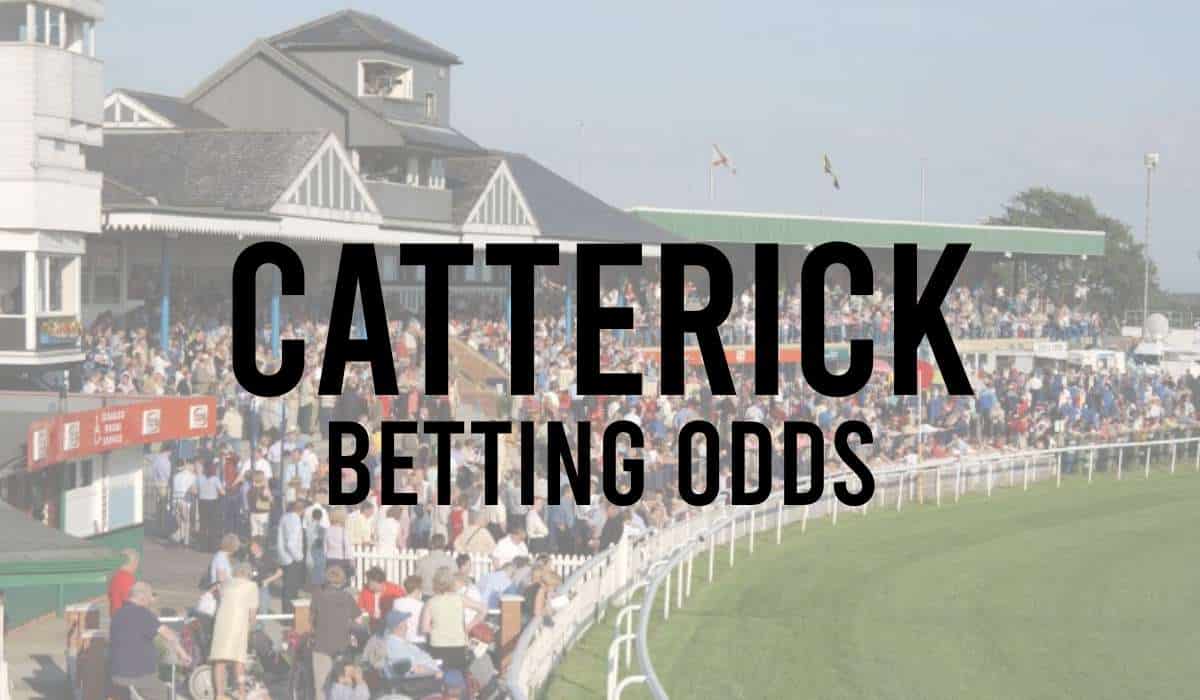
- Chelmsford Draw Bias
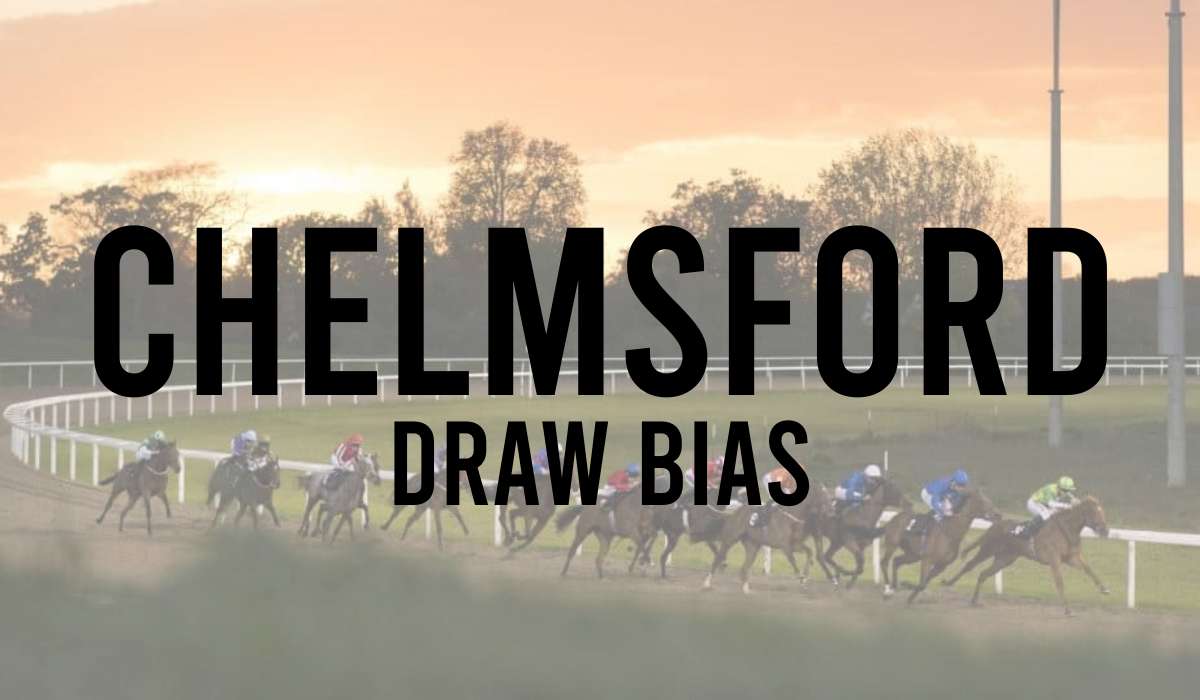
- Chester Draw Bias
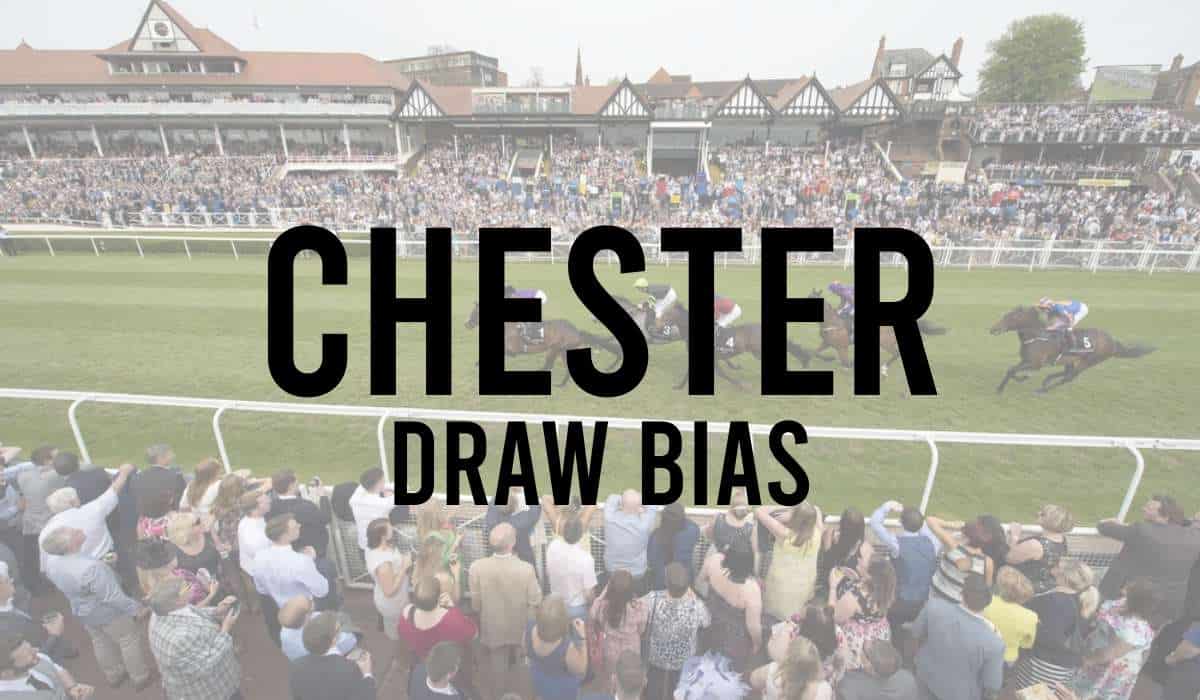
- Cork Draw Bias
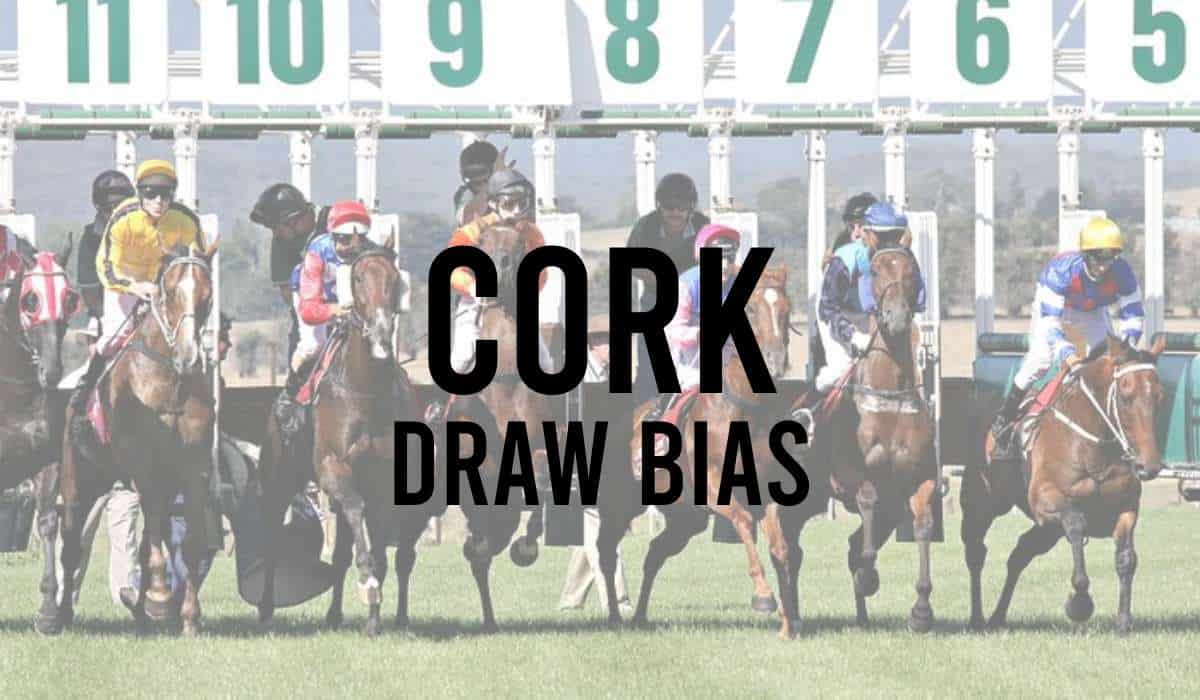
- Doncaster Draw Bias
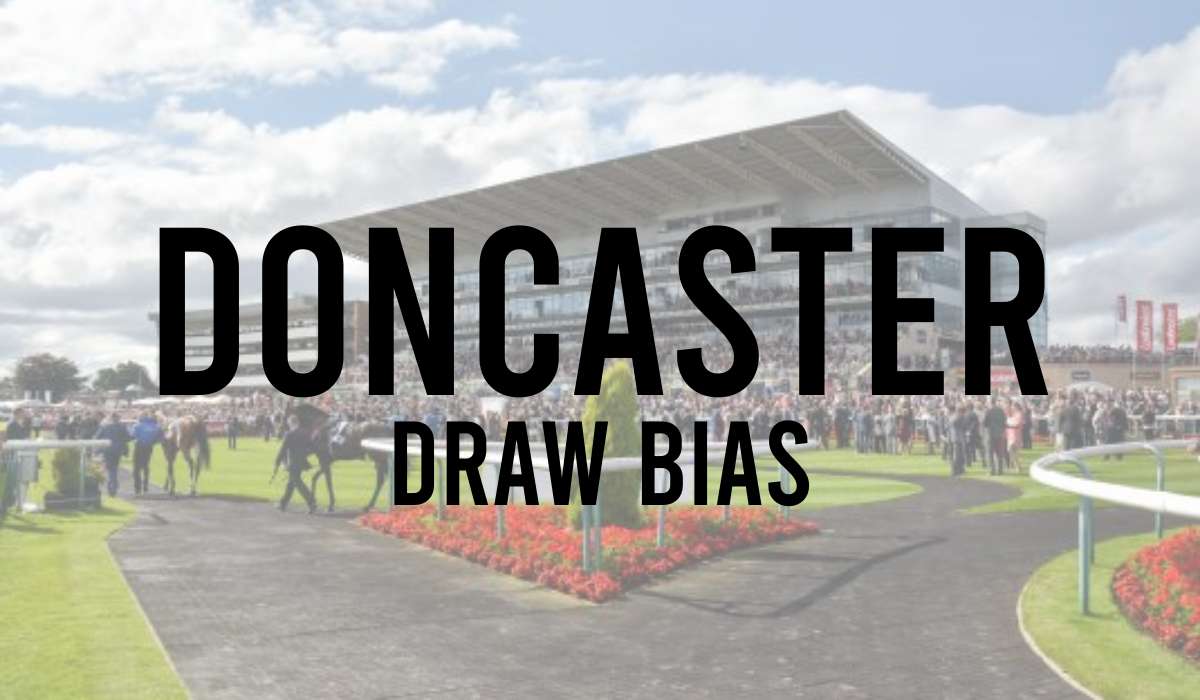
- Dundalk Draw Bias
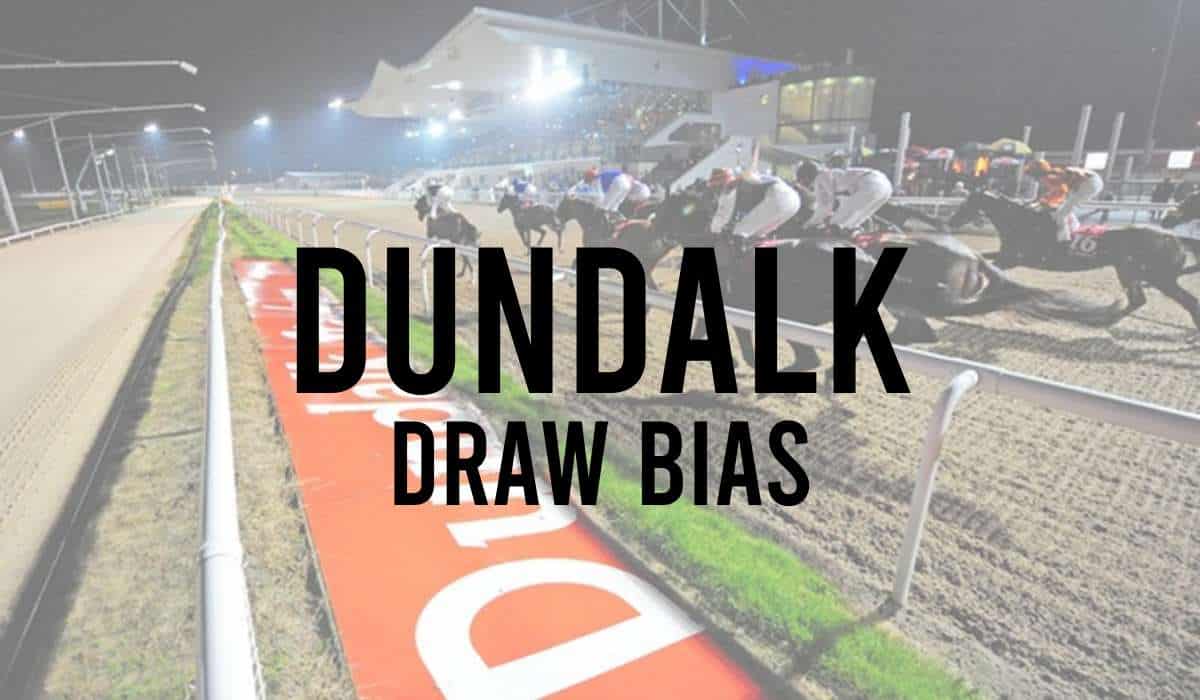
- Epsom Racecourse Draw Bias
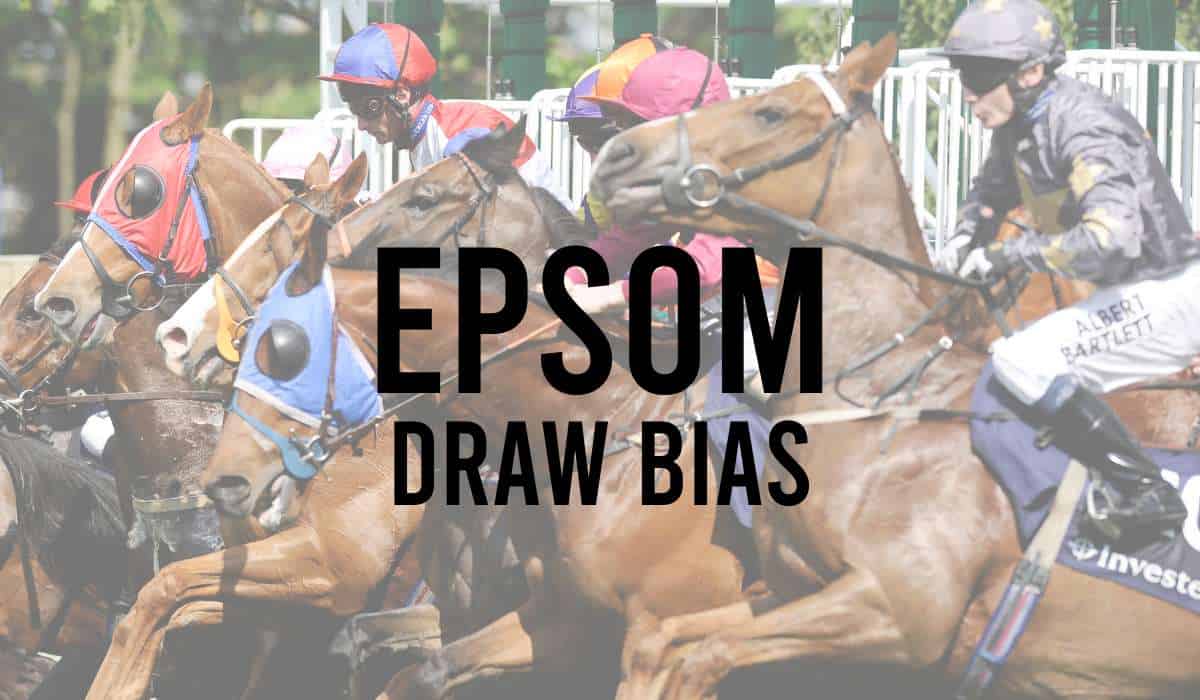
- Goodwood Draw Bias
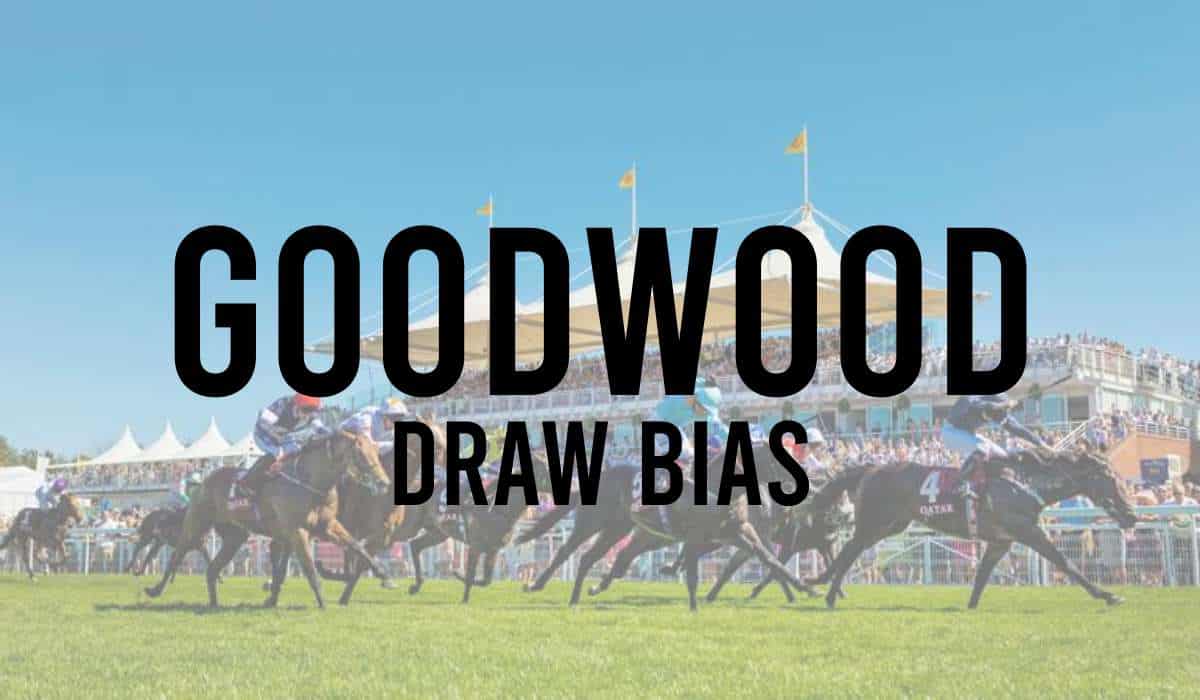
- Hamilton Draw Bias
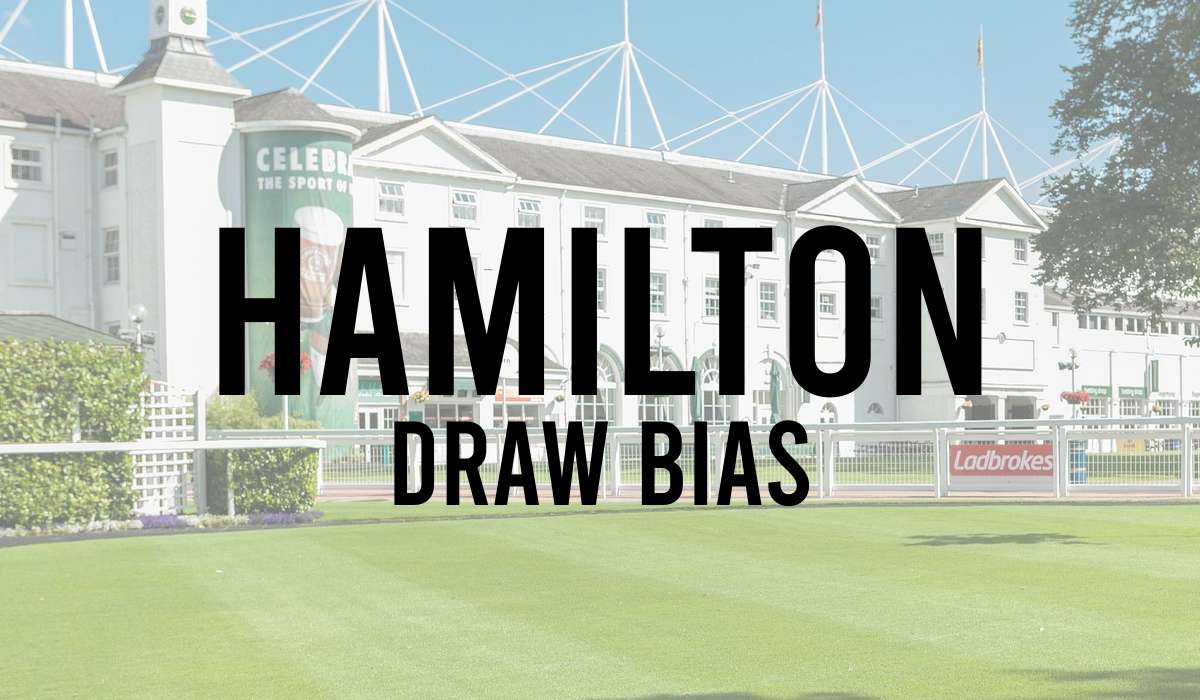
- Haydock Draw Bias
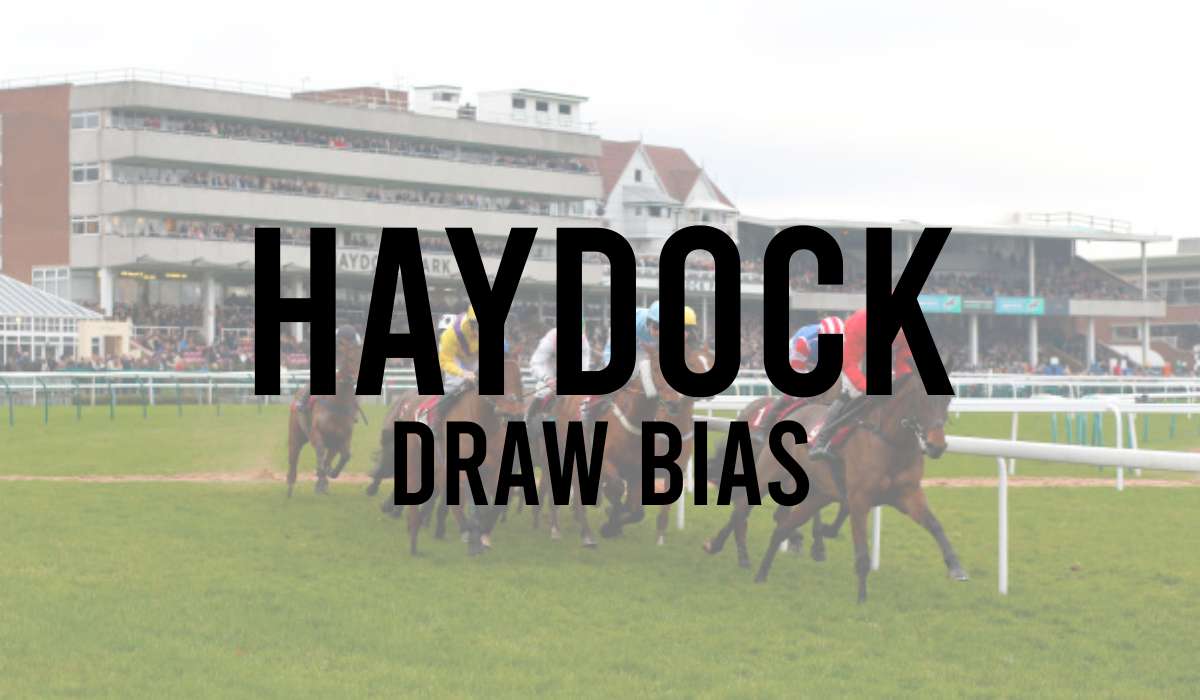
- Horse Racing Draw
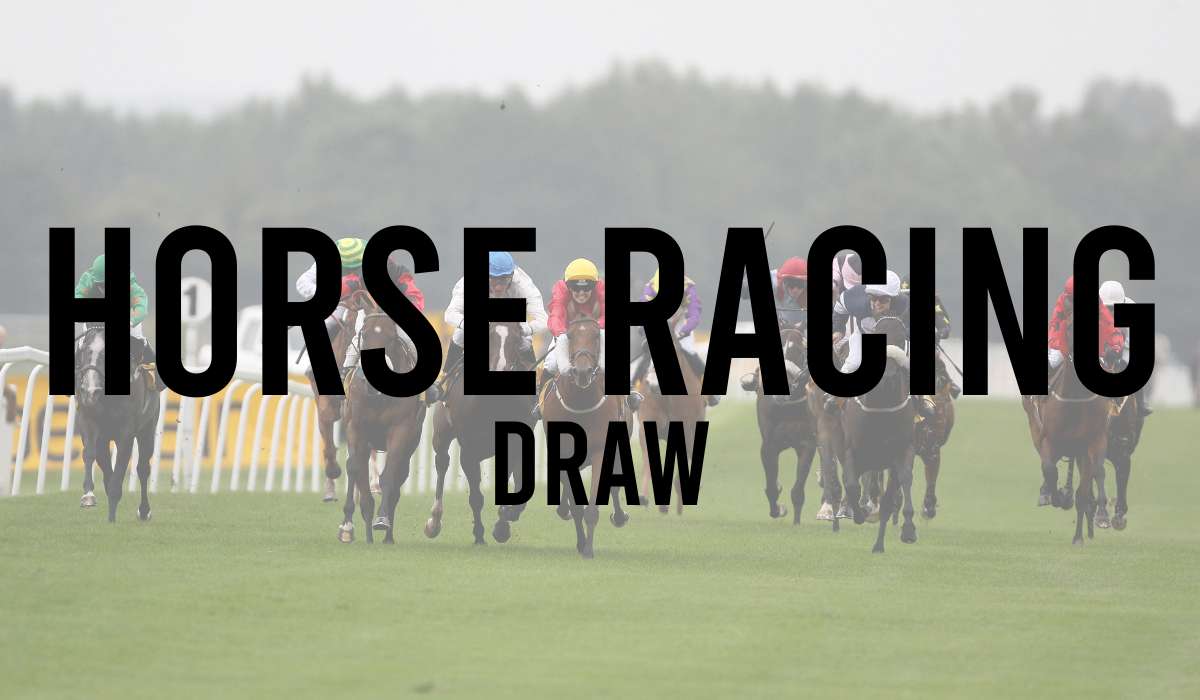
- Kempton Draw Bias
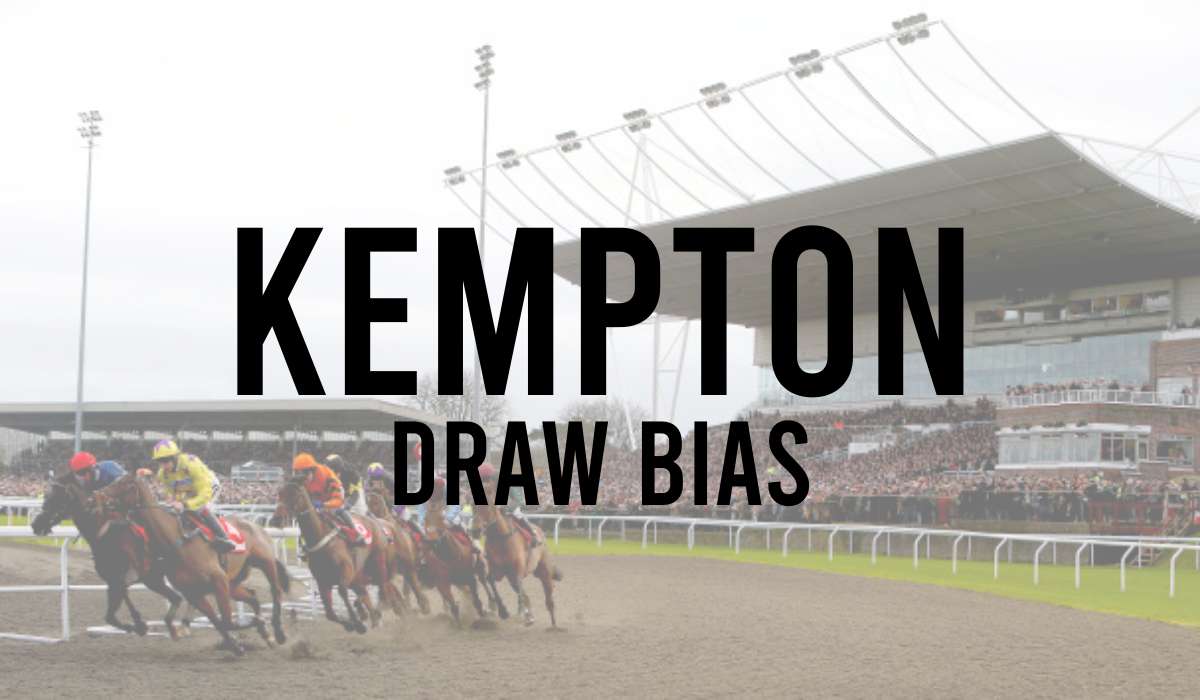
- Lingfield Draw Bias
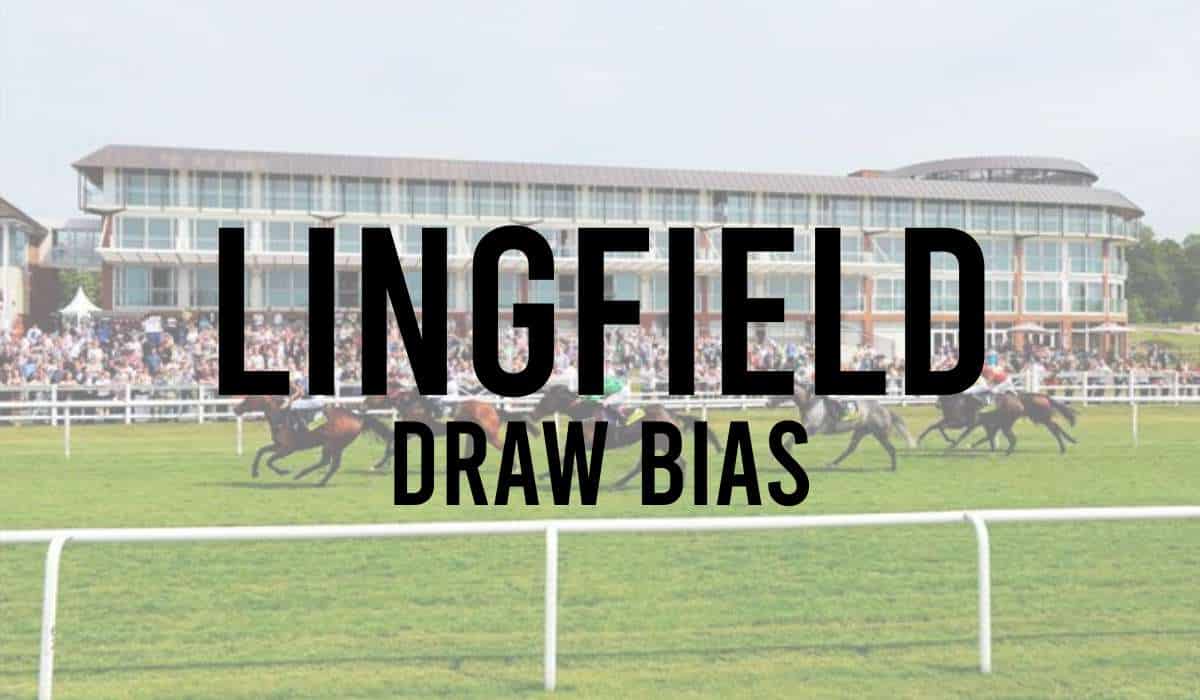
- Musselburgh Draw Bias
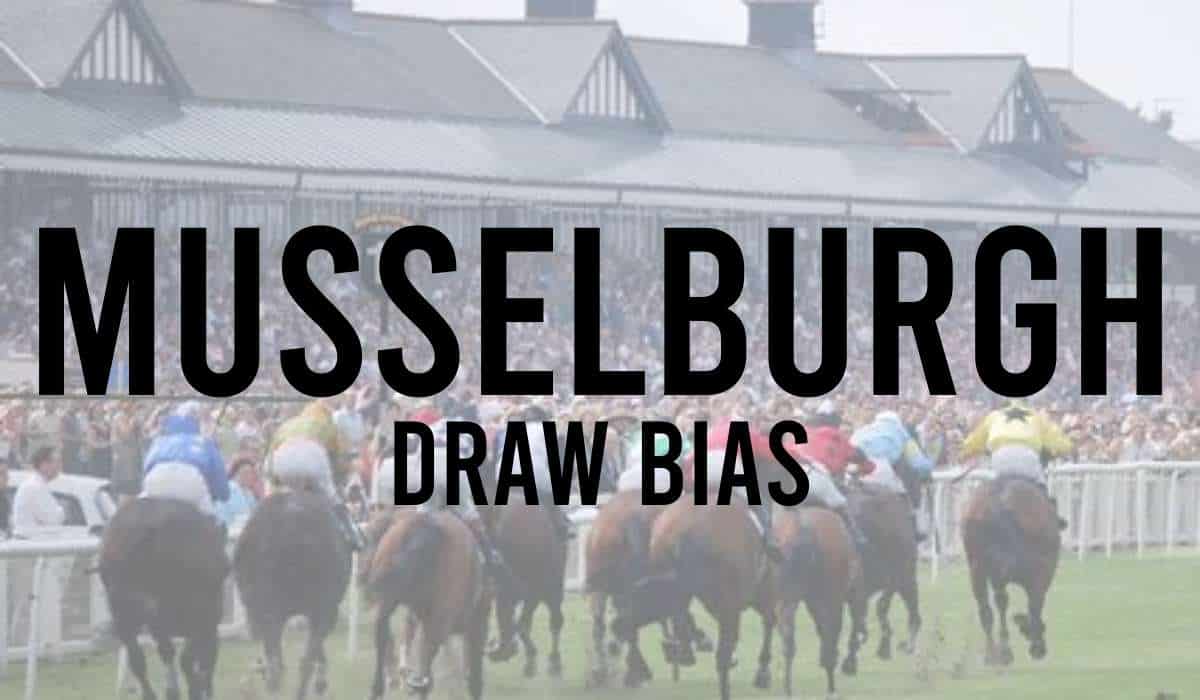
- Newbury Draw Bias
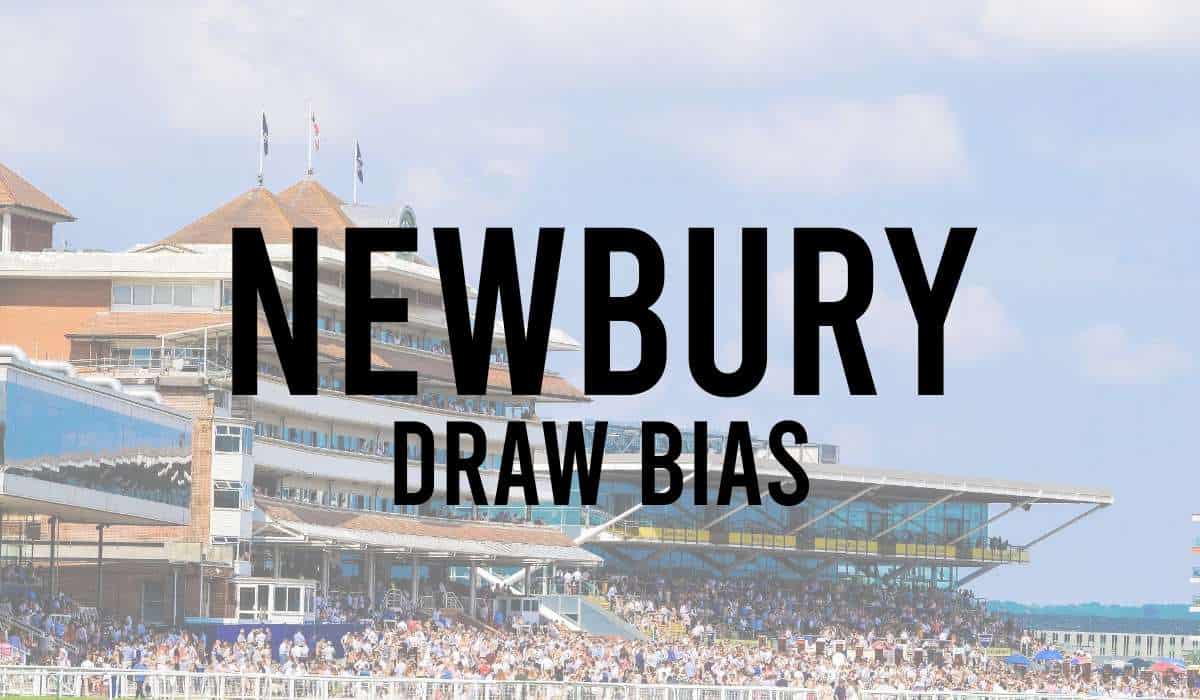
- Newcastle Draw Bias
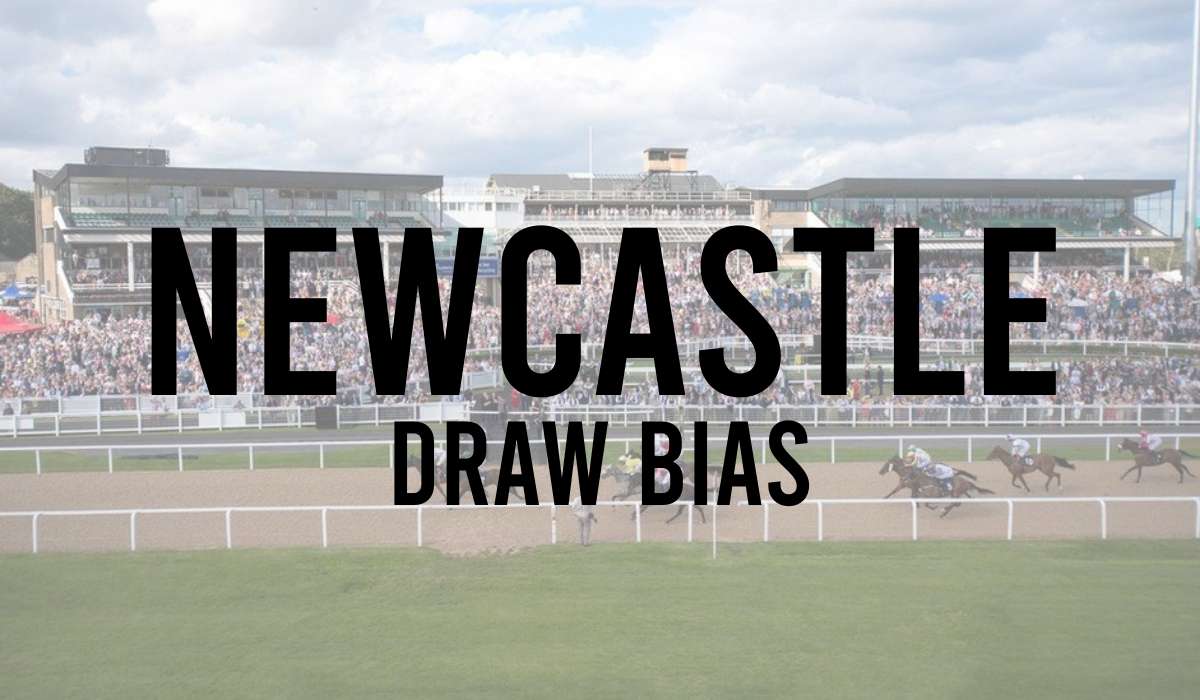
- Newmarket July Course Draw Bias
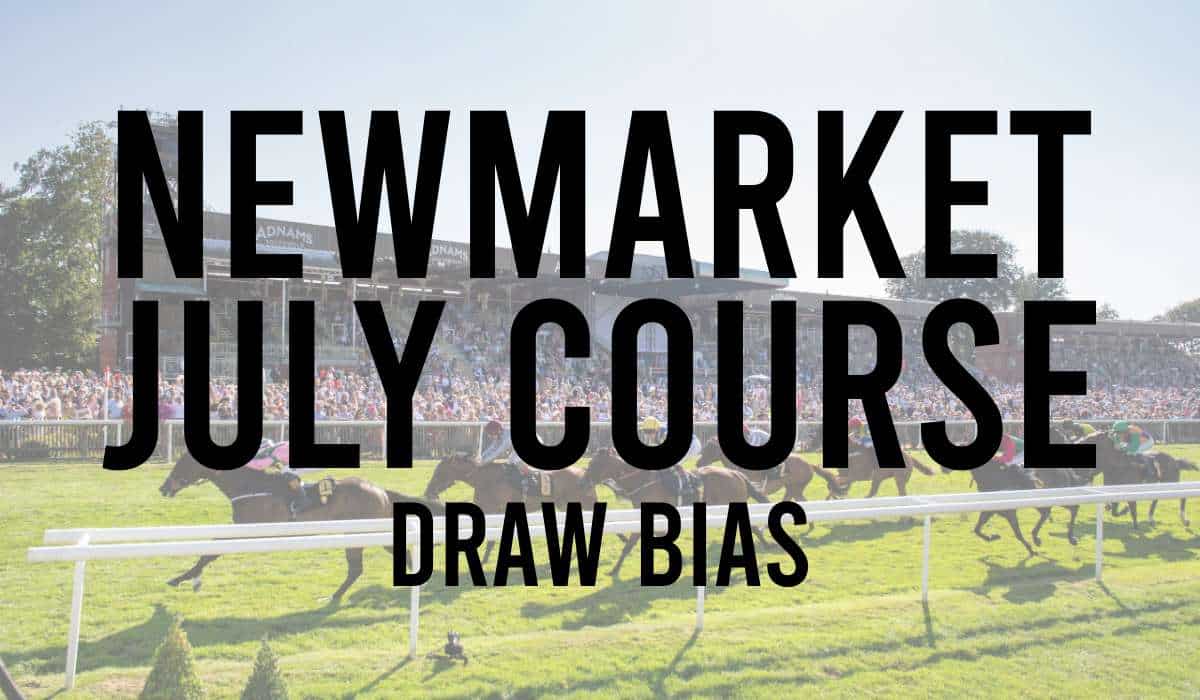
- Newmarket Rowley Mile Draw Bias
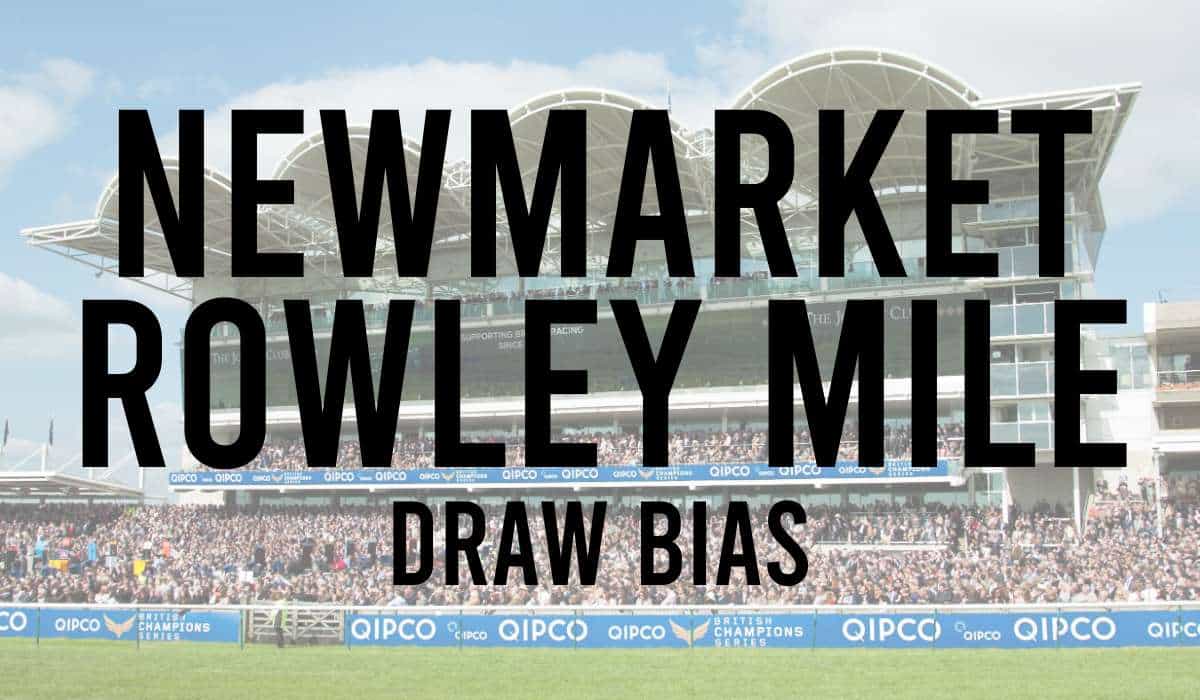
- Nottingham Draw Bias
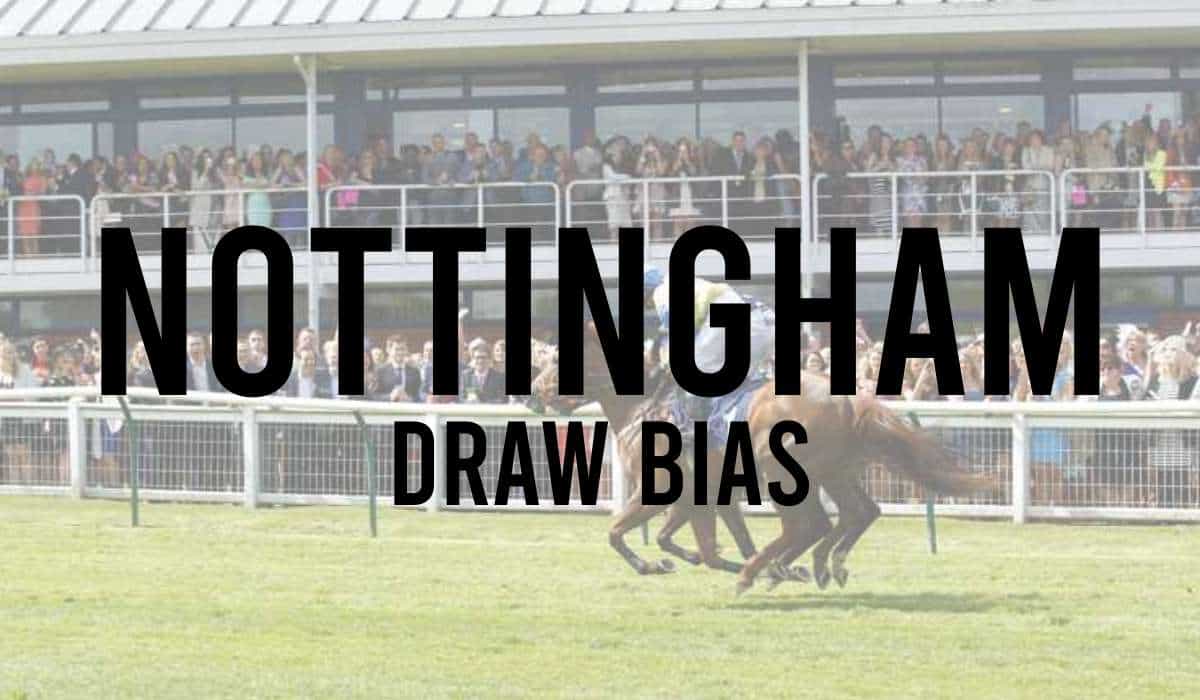
- Pontefract Draw Bias
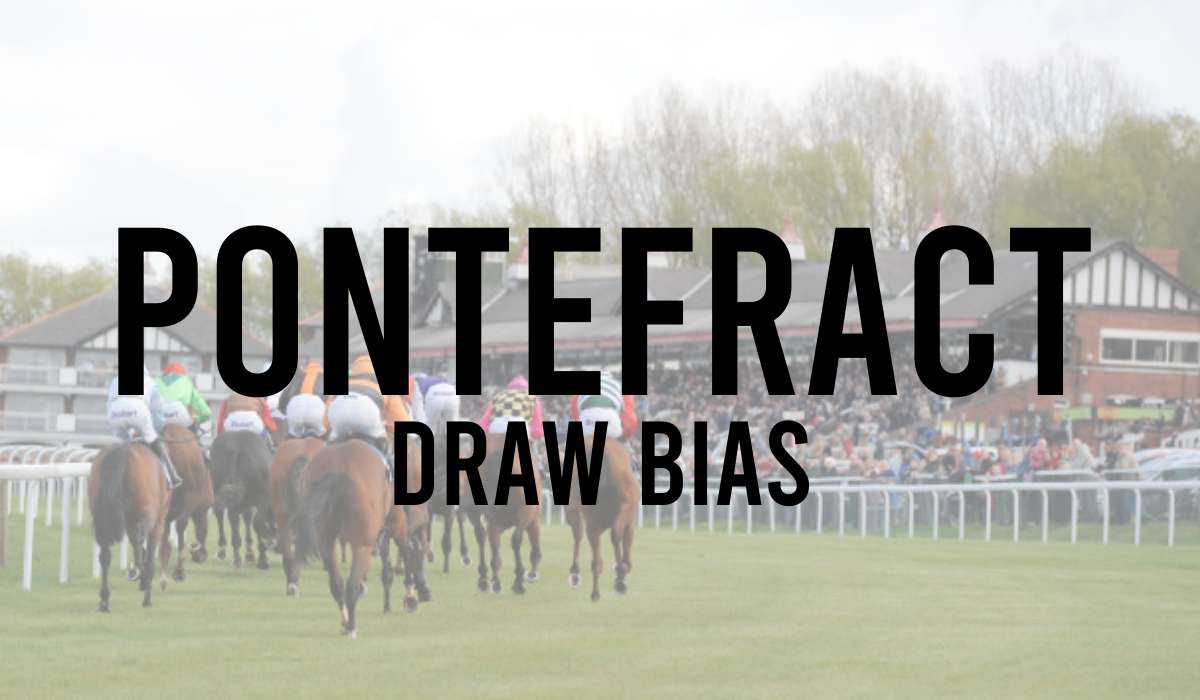
- Redcar Draw Bias
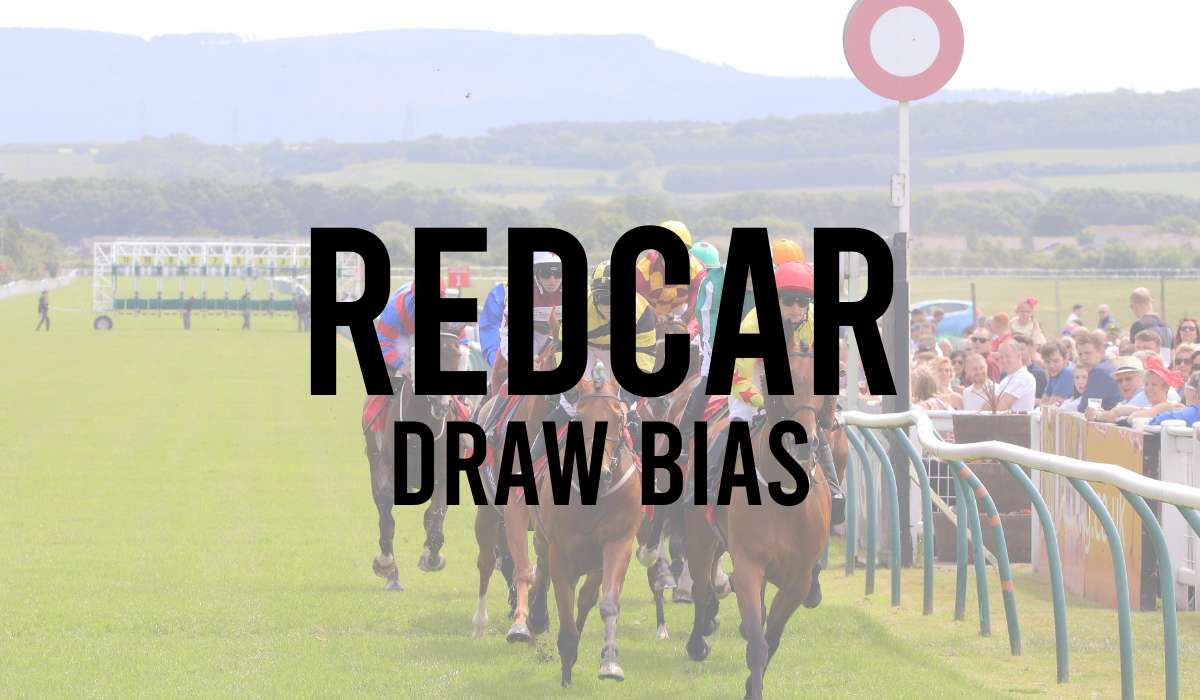
- Ripon Draw Bias

- Salisbury Draw Bias
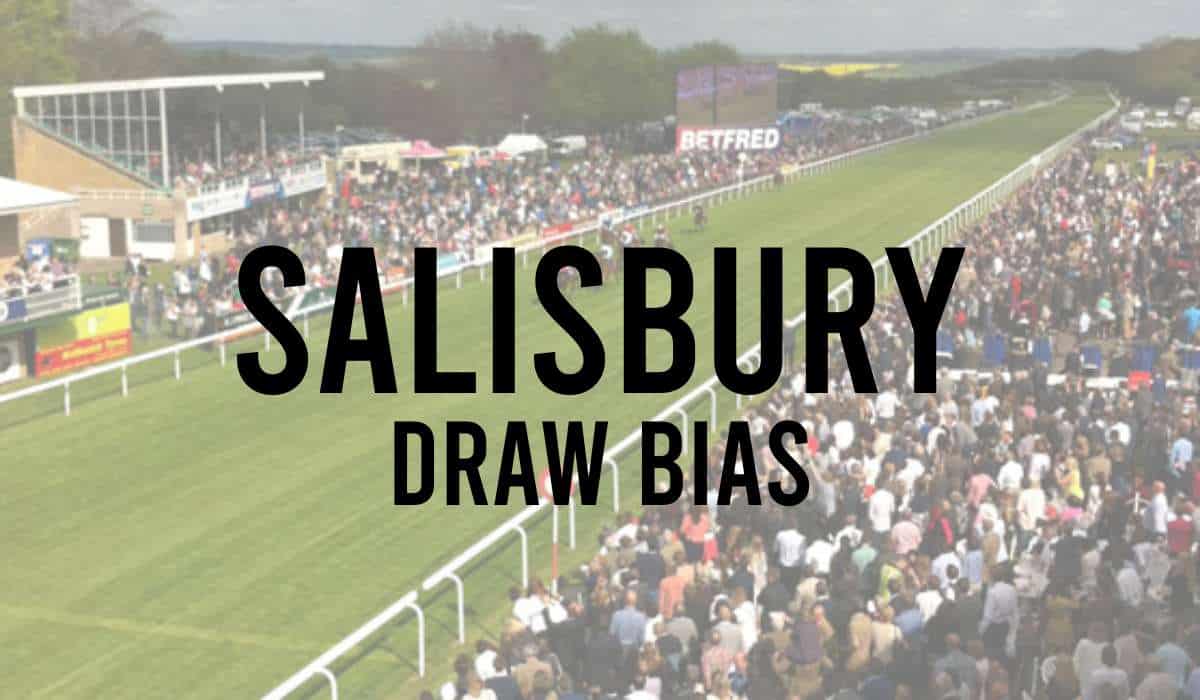
- Sandown Draw Bias
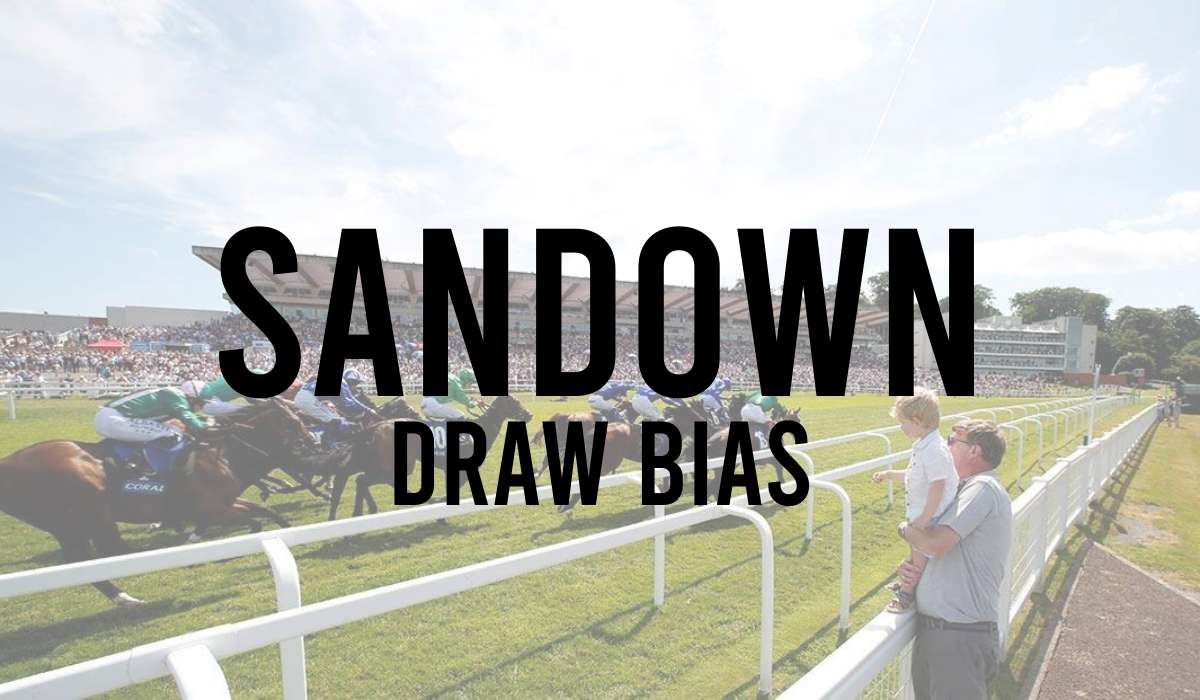
- Sligo Draw Bias
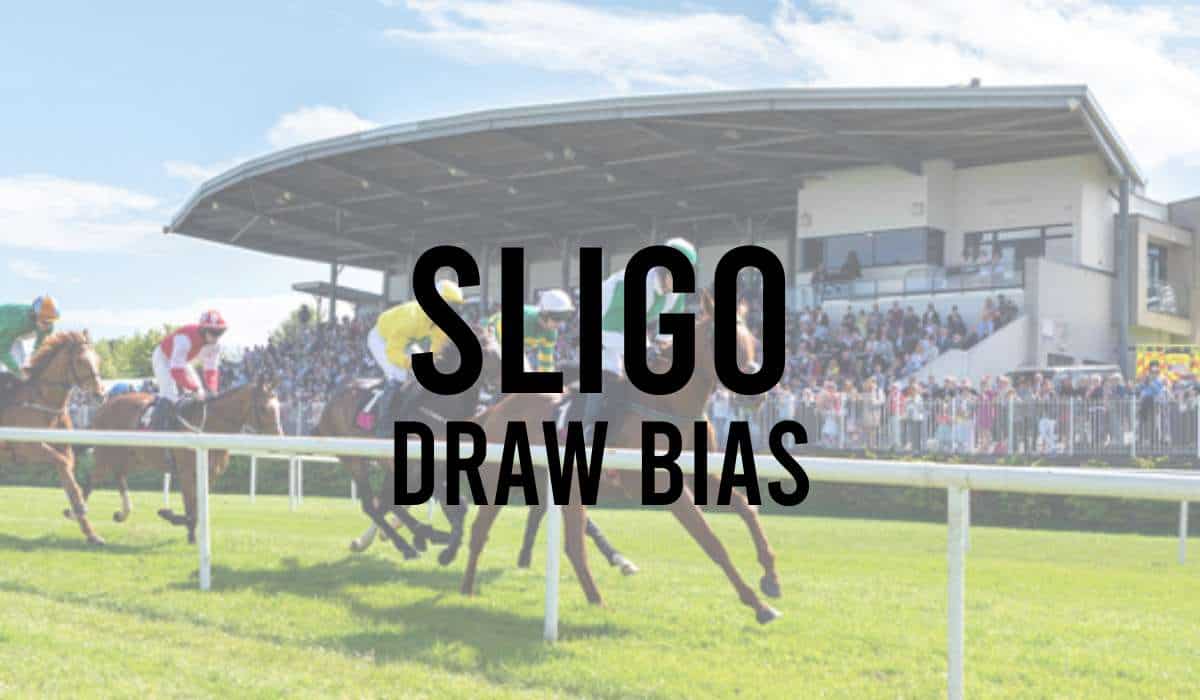
- Thirsk Draw Bias
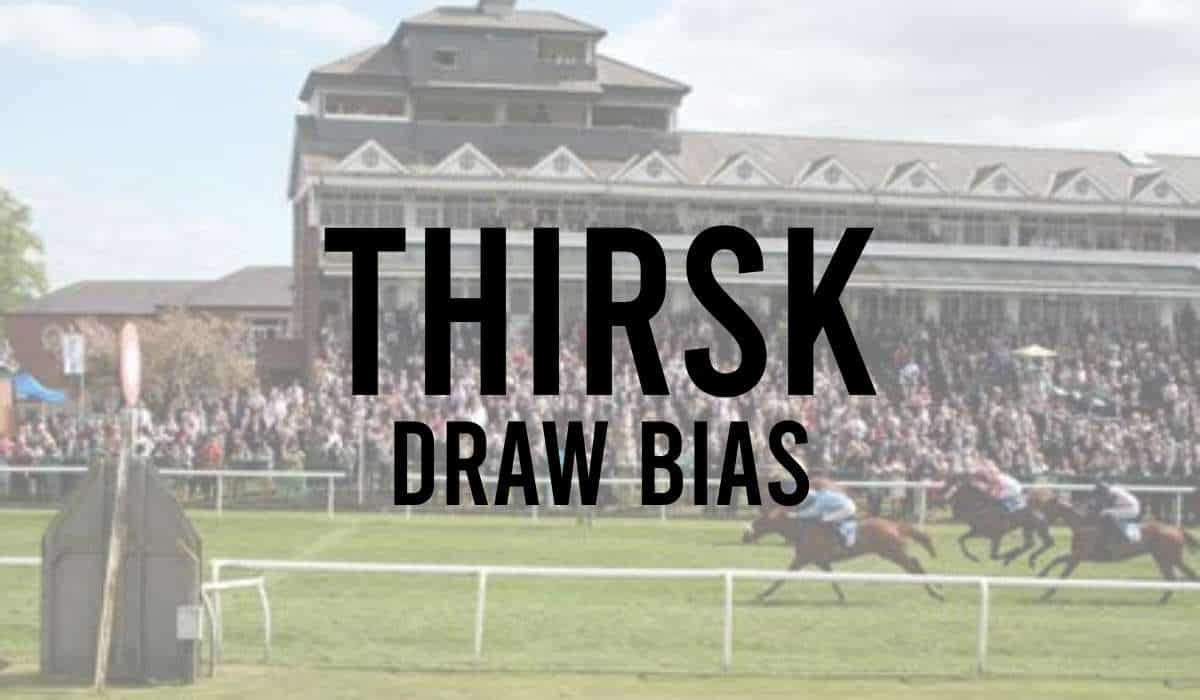
- Windsor Draw Bias
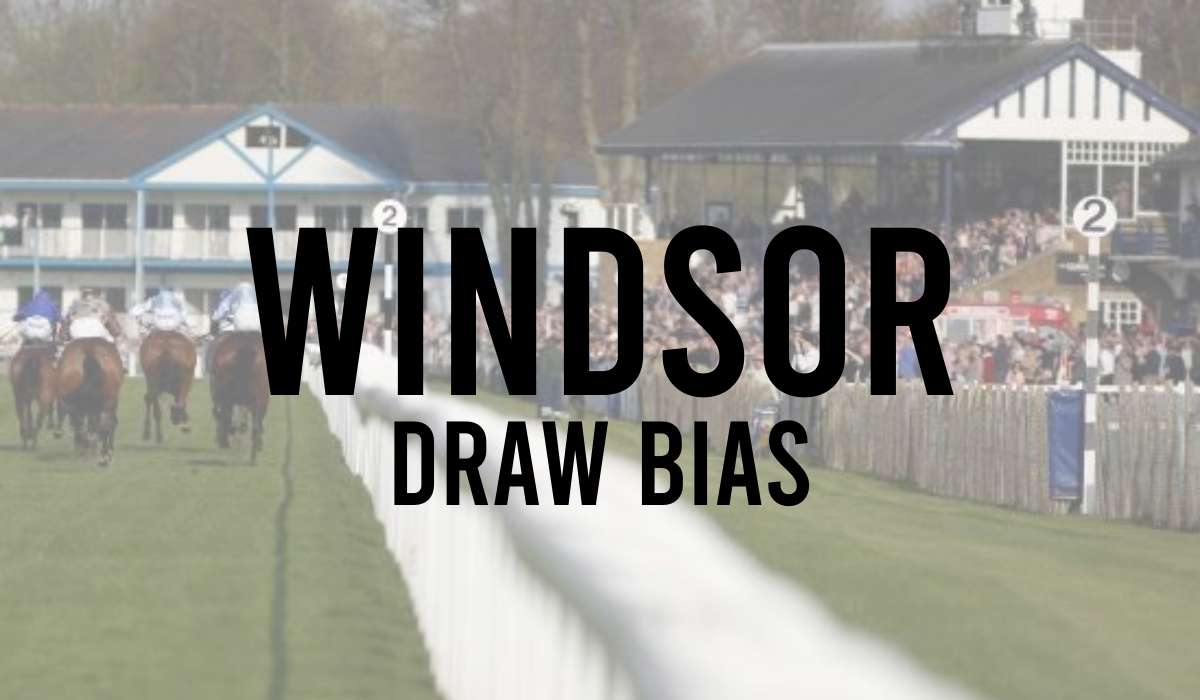
- Wolverhampton Draw Bias
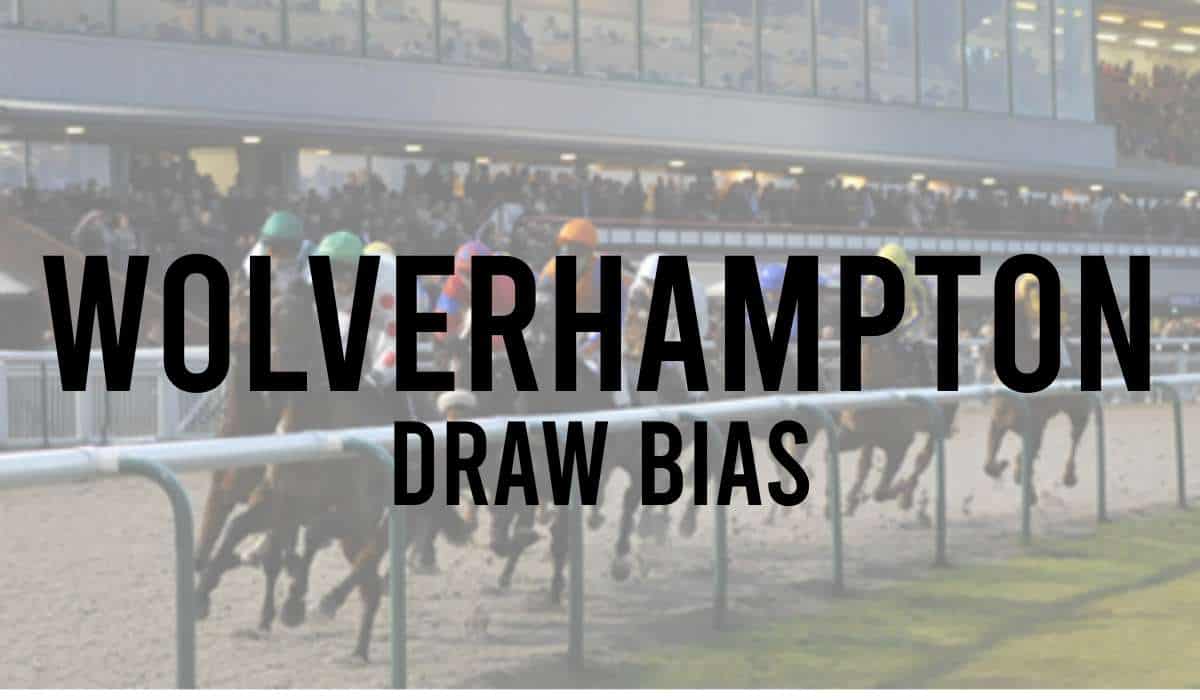
- York Draw Bias
